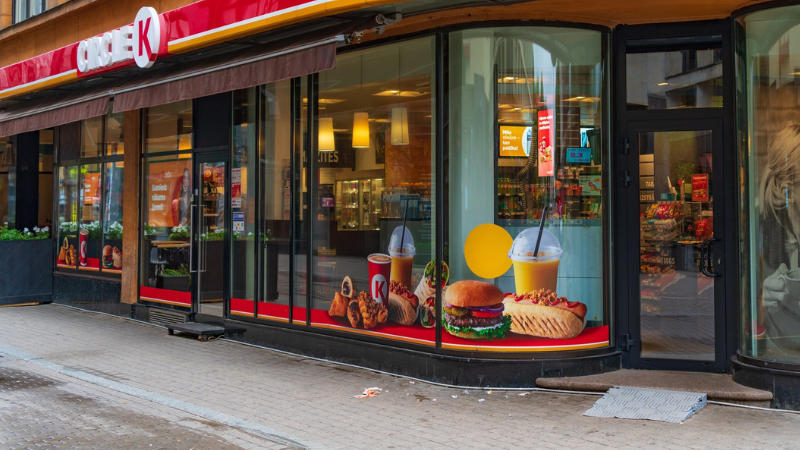
Convenience stores have significant gripes about their foodservice suppliers and distributors, with more than 1 in 10 blaming a lack of support as the reason they’re unable to capture more of the food-away-from-home market.
That’s according to new research from CSP, a business-to-business publication for the convenience-retailing industry. The newly issued report shows the surging importance of ready-to-eat foods and dispensed beverages to a market stung by declining cigarette sales and electric vehicles’ dampening effect on gasoline fill-ups.
Yet the data indicates how much of a struggle that has been for the sector. Only half the c-stores surveyed for the report said their sales of grab-and-go foods had increased during the prior 12 months, with 27% suffering declines. About 23% of the participants characterized their ready-to-eat food sales as flat.
Nevertheless, the respondents expressed considerable optimism about their ready-to-eat food sales in the coming year. Seventy-seven percent said they expect an increase.
That positive outlook may be due to the sector’s surprising success with a product not always associated with the convenience market, the report suggests. The conventional wisdom holds that c-stores pose the stiffest competition for quick-service restaurants at breakfast, typically a convenience-driven eating occasion. And indeed, sales of made-to-order breakfast sandwiches grew faster than the revenues from any other product save one: Pizza.
No other ready-to-eat option was as likely to be on the menu of c-stores, with 79% of outlets selling the staple by the slice, by the pie, or both. That compares to a slightly lower incidence, rounded off to 79%, for cold prepackaged sandwiches, and a 62% rate for pre-made breakfast sandwiches. Made-to-order breakfast sandwiches are found on 52% of c-store menus, the report indicated.
“Participants in this study also cited pizza most often as both their best-selling and fastest-growing item,” the study states.
It noted that sales of whole pies could be the way c-stores try to loosen restaurants’ hammerlock on dinnertime sales.
Overall, respondents had a long list of reasons why they’re not selling more grab-and-go foods and beverages.
The key factor seemed to be commitment from the establishment, though the answers weren’t phrased that way. Instead, the most-frequently voiced reason was high food waste, which apparently sapped the stores’ dedication to growing the foodservice portion of their business.
Similarly, lower margins were the second most-cited reason.
Within the Top 10 were several factors that relate to suppliers and distributors. For instance, third on the list was “not keeping enough grab-and-go products stocked,” though it was not clear if that was the fault of the stores or an issue within the supply chain. It was cited by 28% of the respondents.
Similarly, “lack of F&B ideas to keep menus fresh” was cited by 15% of the participants. Foodservice suppliers often brainstorm those sorts of ideas for potential clients as a way of landing their business. Indeed, 49% of the participating operators said they get their ideas from suppliers (24%), distributors (16%) or brokers (9%).
There was no ambiguity about Reason Number 10 on the list: “Lack of support from suppliers and distributors.” That factor was cited by 12% of the respondents.
About 17% of the participants said they’d make more of a commitment to their foodservice programs if there were improvements in their supply chain and distribution pipelines.
The findings came from surveys of 130 c-store operators over a two-week period in February. About 45% of the respondents classified themselves as independents, versus the 55% who self-identified as being part of a chain.
As Managing Editor for IFMA The Food Away from Home Association, Romeo is responsible for generating the group's news and feature content. He brings more than 40 years of experience in covering restaurants to the position.
Cover image courtesy: Closed Loop Project